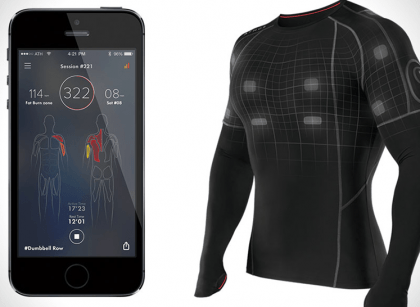Car batteries are made with carbon, lithium salt, cobalt, graphite, or metal oxide, and these chemicals can be harmful to a man if not handled with care.
There are safety precautions you should follow when working with batteries, especially when running maintenance checks on your car battery.
The car battery fluid is very corrosive, therefore, these safety tips for maintaining or changing your car battery are very important.
Wear Eye-protective Glasses and Hand Gloves
When changing your car battery, checking it, or doing anything whatsoever, it is advised you put on protective gloves on your hands before handling the battery.
Avoid the battery coming in contact with your skin, and if the car battery fluid comes in contact with your skin, you should wash your hands with soap and water immediately.
If the fluid has come in contact with your eyes, you should wash your eyes with water for few minutes and visit your doctor thereafter for a proper check-up and clean-up of the fluid.
Don’t put on jewelry
Before handling a car battery, you need to remove the jewelry you put on. It’s a safe car battery handling procedure since a short circuit current can melt your jewelry and cause burn to your skin.
Remove the ring on your finger, bracelet, necklace, and watch, and to prevent short circuits, ensure there’s no electrical connection between the car battery terminals.
Also, make sure the battery cover is not damaged, and there are no dents on it that can lead to a short circuit.
Be careful with battery cable connections
When connecting the battery terminals, you should first disconnect the negative cable before the positive cable, and when you are reconnecting it, the negative cable should be the last.
If you dare to remove the positive cable before the negative cable, it can get in contact with your car, and it can lead to an explosion of the battery.
The positive cable should not come in contact with metal and your car is made of metals. Removing the positive cable first can also short out your battery and damage the electrical system of the vehicle.
Even when you’re using a jumper to get your car starting, you should always connect the negative cable last, and connect it to the chassis not directly to the car battery.
The positive cable, which is in red color should also be connected to the positive terminal and the negative cable, in black color to the negative terminal.
Tips for Charging a Car Battery
It is important to charge your car battery only when it is necessary in order to prevent overheating of the battery or/and the adapter.
While you should charge the battery when the charges are down, you should not let the car battery runs out before you recharge as thick could also lead to damage to the battery or reduce its lifespan.
It is also an important safety precaution when charging a car battery not to get it in contact with your skin.
When you’re charging a car battery, you should not lean over it or disconnect the cables. This is also applicable when testing or jump-starting your vehicle.
Prevent battery discharge by removing the battery from the car if you’re not going to use the vehicle for months.
Charge the car battery in a cool environment to avoid the car battery getting hot or the electrolyte boiling while charging it.
Once your battery charges are full, disconnect the connection terminals and keep it if you’re not using the car, especially during winter when there’s less driving.
Other Safety Car Battery Measures
- Don’t open the car battery since the chemicals in it can be harmful to your health when it’s released.
- Protect your car battery from heat and sun as much as possible to prevent explosion since overheating of the battery can make it explode.
- You should also protect the battery from extreme cold to prevent it from freezing.
- You should also prevent water from coming in contact with a car battery to prevent a short circuit.












